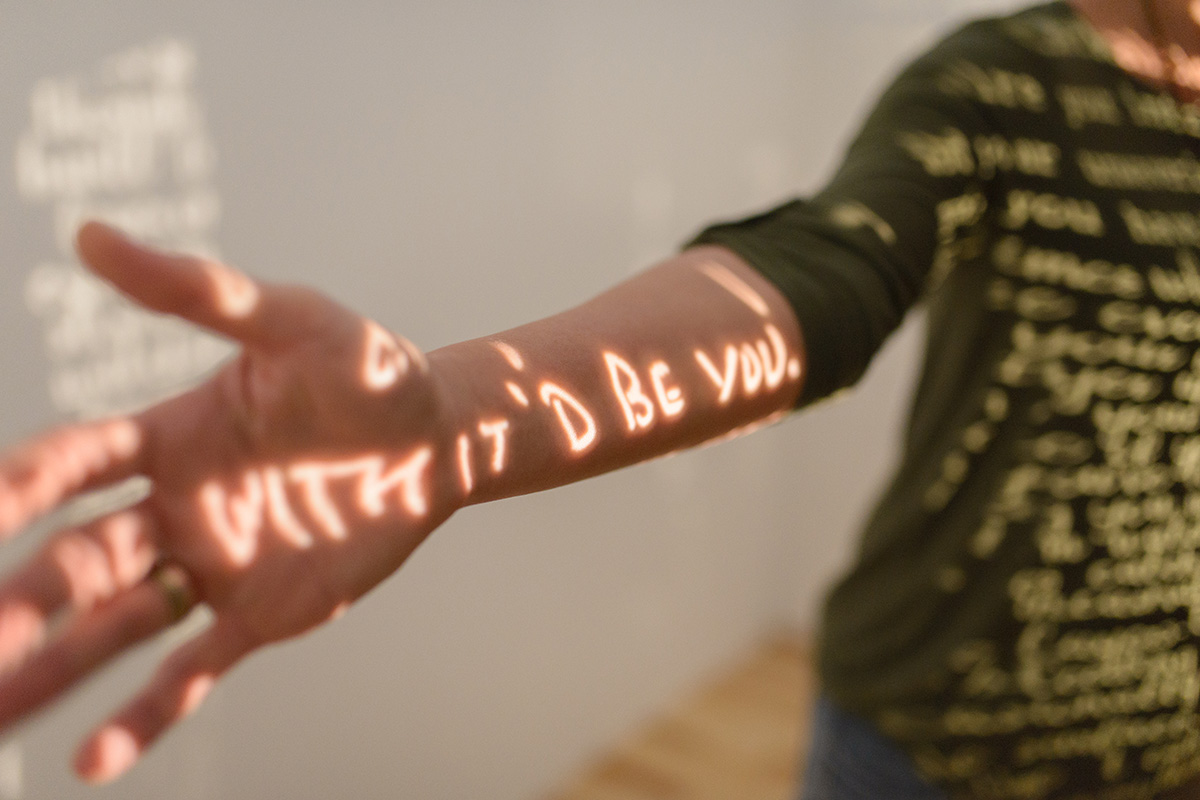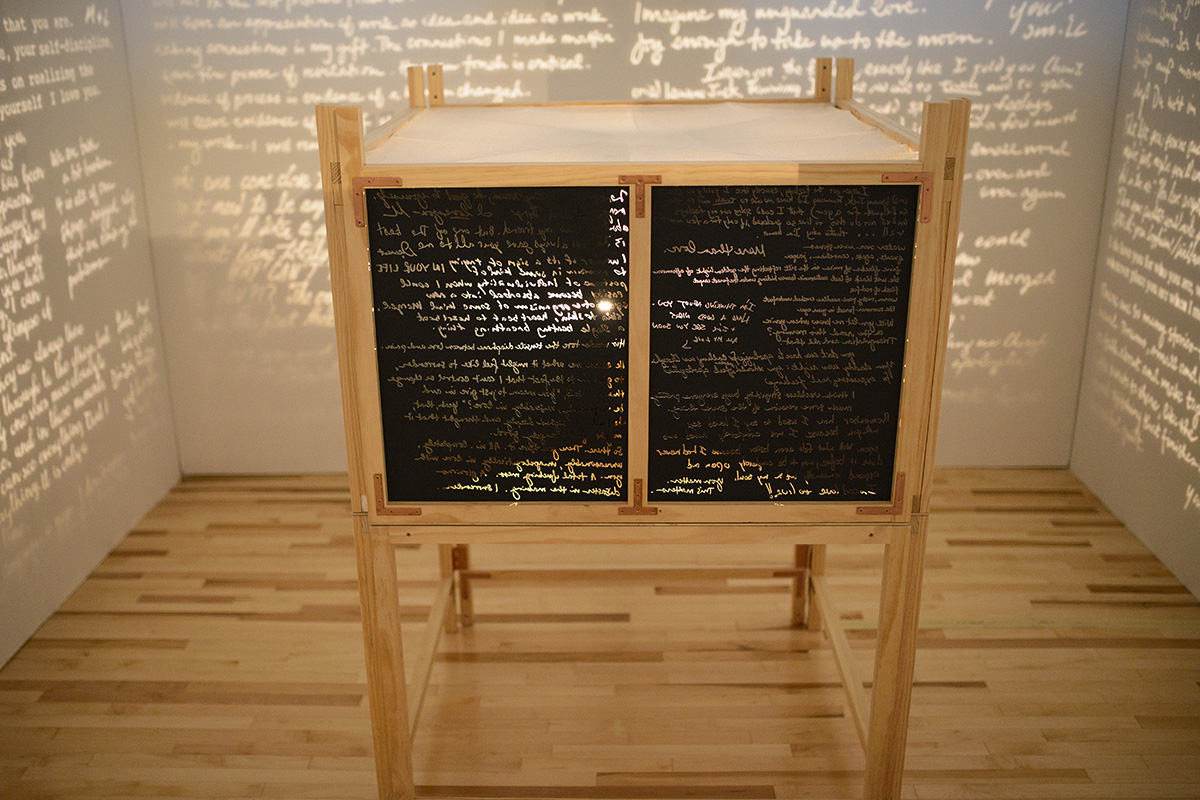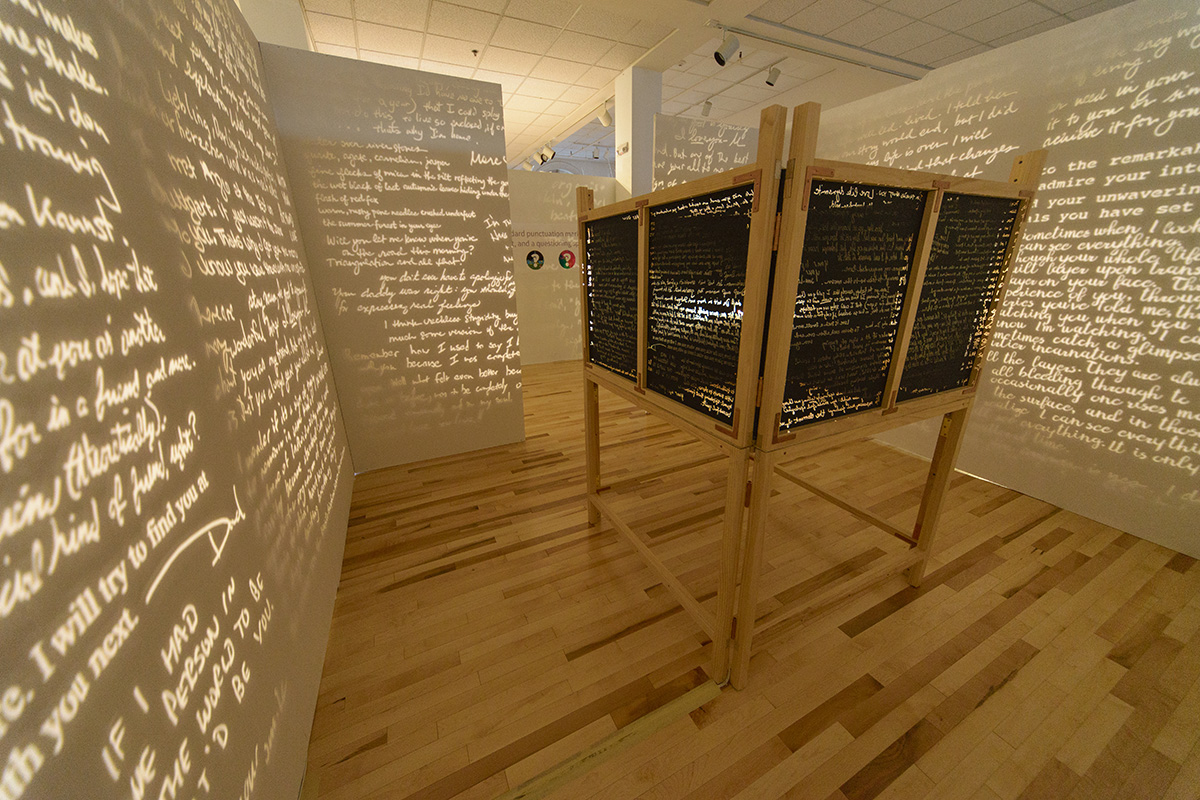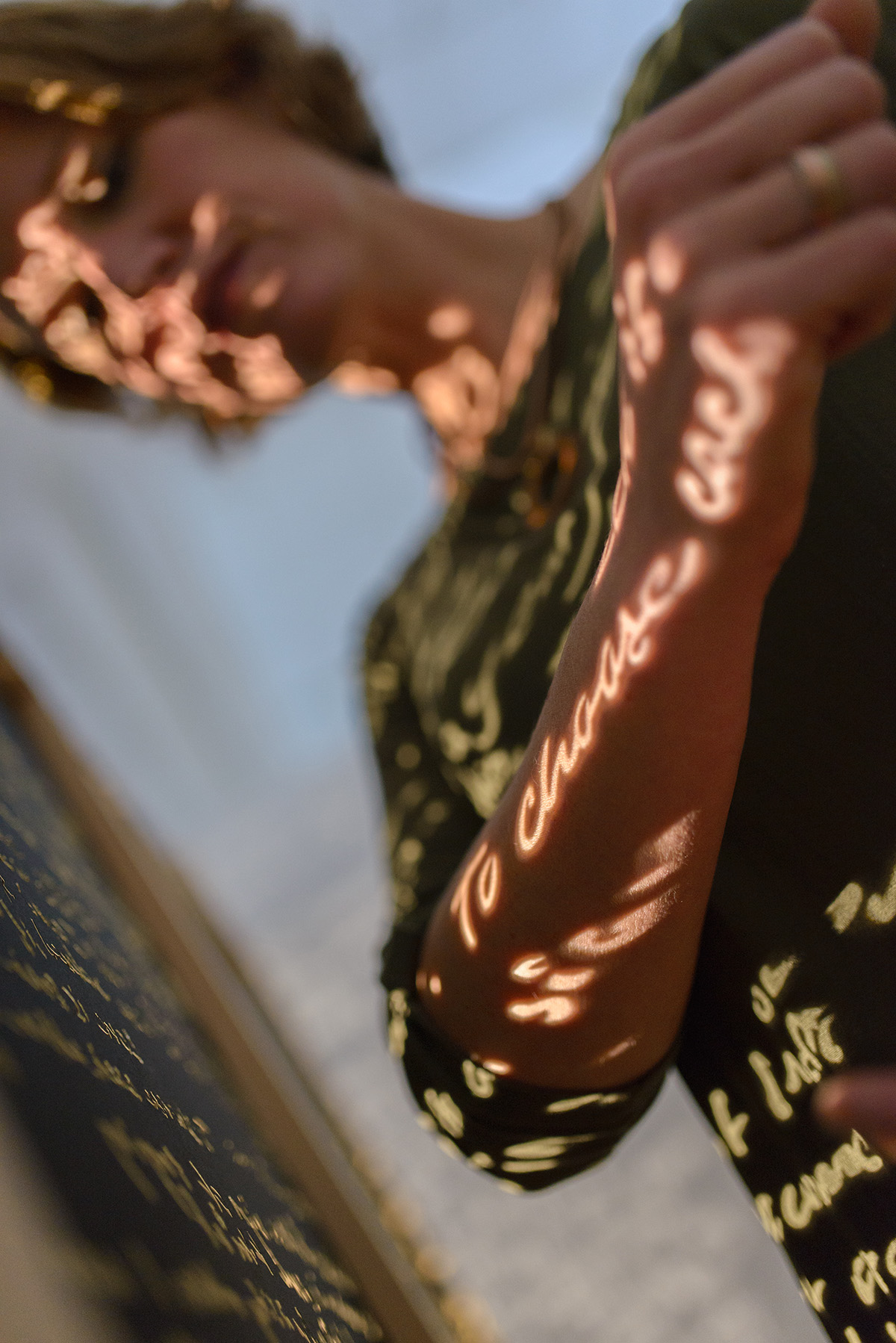 Words that Cling: Deconstructing Love, Language & Graphic Design
Words that Cling: Deconstructing Love, Language & Graphic Design
The traces of our experiences, sensual or linguistic, are a major component in our creation of constructs, those tidy little bundles of complex, abstract ideas — love, peace, poverty, gender, freedom — that help us make meaning of our lives. As social beings, we create mutually-agreed-upon collections of ideas or events that are defined through common language — both verbal and visual. While we are constantly tweaking our constructs as we acquire new information and experiences, we often continue to use the same language we have always used to describe them.
When we consider that much of our communication, visual as well as verbal, is based on these abstract constructs, it is little wonder that using these languages to exteriorize our interior experience is an inherently faulty system. The intention of our communication is sometimes held captive by our systems of communication. The last layer of trickiness is that we are often unaware of our own idiosyncratic constructs and communication methods.
An awareness of this deceptively unstable “common” ground is vital for graphic designers who act as the conduit and translator of ideas between clients and audiences. It is a critical awareness for educators as well. This extra-personal awareness requires active and often intentional pursuit.
Deconstruction is a philosophical and critical movement that suggests a distinct avenue for this pursuit of growth. It questions the ability of language to represent reality as words essentially only refer to other words. To remedy this, a reader must actively approach a text with the intention of eliminating any metaphysical or ethnocentric assumptions and finding new, more objective language with which to construct meaning. The philosophy promotes an awareness and dismantling of text.
Deconstruction also has a definition in the material world where it is defined as the selective dismantling of building components, specifically for re-use, repurposing, recycling, and waste management. What possibilities could a hybrid definition of deconstruction present? What can be learned and revealed from UNmaking?
I would answer that physical, material, text-based deconstruction can be a method of facilitating intellectual deconstruction and the increased awareness of personal, social, and cultural constructs. If we deconstruct something, effectively objectifying all the pieces and parts and inner workings, it is possible to see the effects of their interactions more clearly. In theory, any meaning embedded in subsequent creative efforts is responsively more informed and considered as a result of this self-aware deconstruction.
Molly Seabrook is an educator, designer, and fierce communicator currently teaching and living in North Carolina within arm’s reach of those she loves most.






